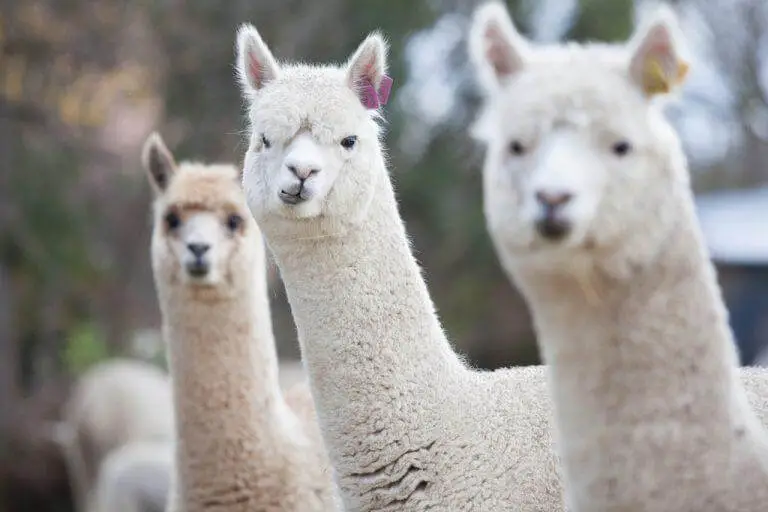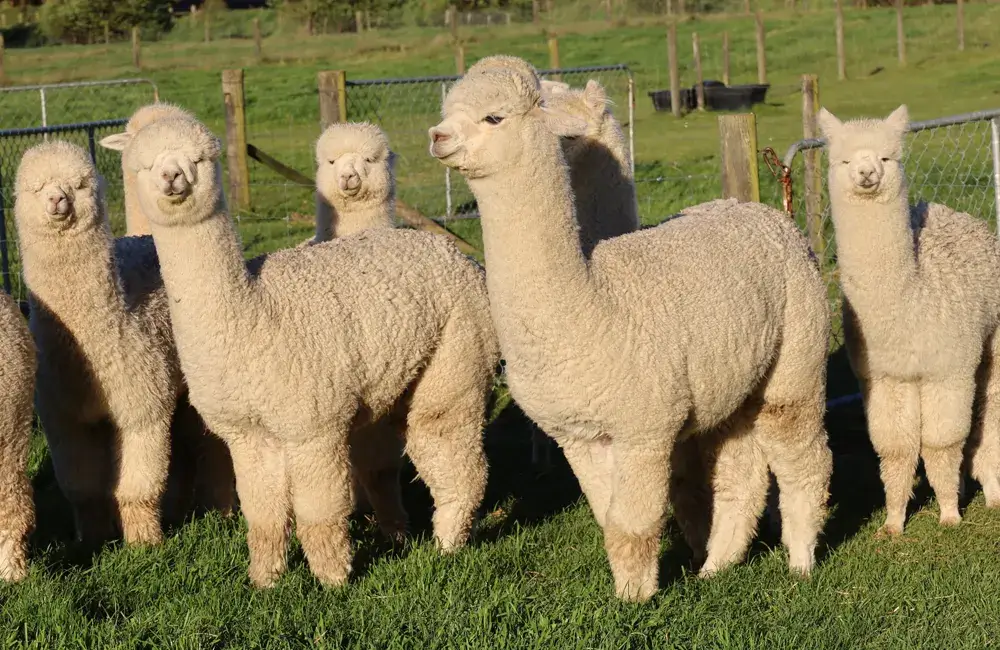Despite great fanfare on his arrival in Sydney, Ledger started to experience problems. Promises of reimbursement of expenses and the promise of 10,000 acres of land failed to materialize and eventually after several years of failed efforts to establish alpacas in NSW, the herd was put up for sale.
In 1864, 324 animals were auctioned near Goulburn in NSW on behalf of the NSW Government but the auction failed to attract any bids. Many of the animals were given away and for many years the animals were to be found on farms in NSW and Queensland. The last representatives of Ledger’s herd were sent to the Sydney zoo.
In 1865 the Wellington Provincial Government who had tried to buy some of Ledgers alpacas several years earlier, purchased 10 alpacas for 15 pounds each and had them shipped to New Zealand for a total cost of 500 pounds. The Wellington Provincial Government was no more successful than their NSW’s counterparts and incurred substantial financial losses. Five alpacas were eventually sold to Robert Heaton Rhodes and farmed at Purau on Banks Peninsula. The Rhodes later sold Purau Station and the alpacas to D.H. Gardener. The numbers grew to 14 by 1873 and then in 1874 they were sold to a John Matson who lived on the outskirts of Christchurch. Two of these animals were then sold to the Otago Acclimatisation Society. The remaining five alpacas from the Wellington Provincial Government purchase remained in Wellington.
This was where the trail of this first import finished or so I thought until a phone call from Ian Nelson, one of the founders of the NZ alpaca industry. Ian posted me a photocopy of several pages of a book entitled “Adventuring in Maoriland in the Seventies” by G.L. Meredith.
The reference to alpacas below relates to a station at Mahia about 40 kilometres south of Gisborne.
“ There is a small flock of alpacas on this run, which of course had to be shorn. These animals have an unpleasant habit of spitting in one’s face if treated with too much familiarity, so the Maoris were offered double pay for shearing them. Maoris as a rule are sports and would have shorn them for the fun of the thing anyhow. A great deal of amusement was got out of the incident.”
I have been unable trace what happened to John Matson’s alpacas that he purchased from Robert Heaton Rhodes or the alpacas that remained in Wellington.
There is a photograph of alpacas being unloaded at the Gisborne wharf and herded down the main street in 1870 – were these animals part of the original Ledger herd and were they the Matson animals or the animals that remained in Wellington.
One wonders just what happened to these animals. Certainly alpacas had proven to be expensive and difficult to breed, leaving a trail of disenchanted owners in both Australia and New Zealand. Charles Ledger died penniless at Leichhardt near Sydney in 1895 never fulfilling his dream of producing a pure alpaca flock from female llamas mated to male alpacas.
Credits:
The Life of Charles Ledger – professor Gabriele Gramiccia
Ian Nelson – Tauhara Alpacas
Victoria University Library – Wellington Goulburn Public Library






